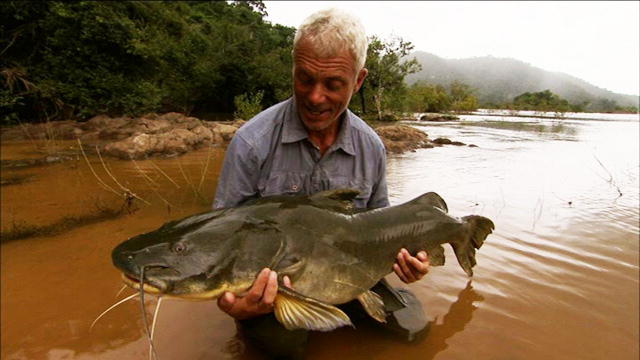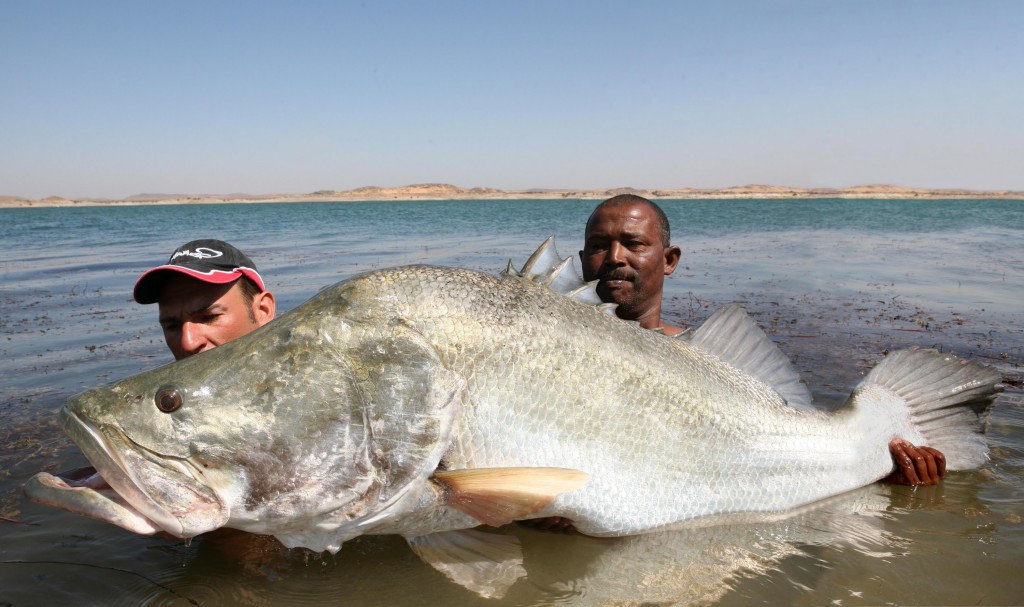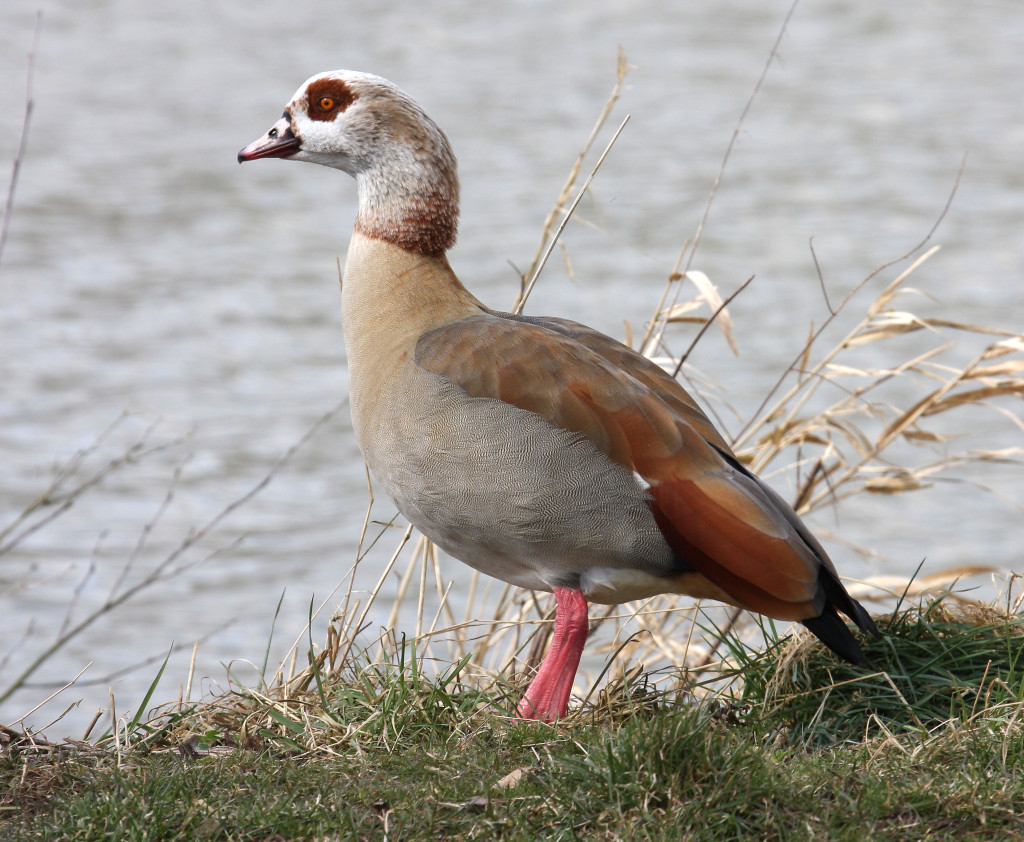if you planning your vacation to Egypt? find and book the best of Egypt tours and activities, top things to do in Egypt, best of Egypt packages, Nile cruises, Desert Safari. http://www.lookategypttours.com/, contact info@lookategypttours.com
Tuesday, 1 April 2014
Look At Egypt Tours , travel agency: the top tourist attraction in Egypt
Look At Egypt Tours , travel agency: the top tourist attraction in Egypt: look at Egypt tours Egypt travel agency – Egypt’s tourism industry is starting to rebound after a difficult 2011 that saw revenues plumme...
the top tourist attraction in Egypt
look at Egypt tours Egypt travel agency – Egypt’s tourism industry is starting to rebound after a difficult 2011 that saw revenues plummet 30 per cent. The country had 14.5 million tourists in 2010 but that plummeted to 10.6 million the next year due to the effects of the revolution. But now data suggests that the industry is heading for recovery. One million tourists visited the country in April of this year, according to Egypt’s Central Agency for Public Mobilisation and Statistics, as compared to 800,000 tourists in April 2011, marking an almost 31 per cent increase. The report also said tourists stayed a total of 12.1 million nights in April 2012, compared to 6.7 million nights in April 2011, with the majority of the tourists hailing from Western European countries, followed by tourists from Eastern Europe and Middle Eastern countries. Below are five of the top attractions the country has to offer.
The Giza Pyramids
The automatic entry at the top of any list of Egyptian tourist attractions. Several generations of Egyptian royalty constructed their great burial shrines on the plains outside of Cairo, which is also home to the famous Sphinx. In addition to the huge stone pyramids, the area houses hundreds of “mastaba” structures that served as the final resting places for the relations and important court servants of the ancient Pharaohs.
The Cairo Museum
An essential stop for any visitor to Cairo, the museum is the home of the famous treasures of Tutankhamen, the royal mummies discovered in the 1870s and other well known artefacts of Egyptian history.
The Valley of the Kings
The Valley of the Kings – up the Nile River – is the original home of many of the treasures that can be seen in the Cairo Museum. The burial location for most of the pharaohs of the “New Kingdom”, the Valley of the Kings is one of the most heavily visited attractions in Egypt. Luckier tourists can enter the tomb of Tutankhamen or walk along the beautiful temple belonging to Queen Hatshepsut, among many other sites.
The Temple Complex at Luxor
Heading back towards the river brings a visitor to yet another of the remarkably popular Egyptian attractions, and that is the Temple complex at Luxor. Luxor is the historic capital of both the Middle and New Kingdom pharaohs and can still be seen. The site is divided by the Nile and consists of the East Bank sites of Luxor Temple and the Temple of Karnak. On the West Bank, visitors can take in the Valley of the Kings and the Valley of the Queens as well.
The Abu Simbel Temples
Both a historic site and tiny village, Abu Simbel was saved from destruction after the Aswan Dam began flooding Lake Nasser in the 1960s. It is home to beautiful and glorious temples which were relocated to higher ground and include the Great Temple of Ramesses II, which is one of the most well recognized ancient Egyptian attractions
Sunday, 30 March 2014
14 Animals You Didn’t Know Live in the Nile
Looking out at the Nile from Cairo, you might find it difficult to believe that anything could possibly live in the polluted cesspool that the Nile (in many parts) has become today. At the Empire, we wondered the same thing – what animals are resilient enough to live in such a trying habitat? And what creatures reside in the cleaner parts of the Nile, such as Lake Nasser and the river south of the Aswan dam?














1. African Tigerfish

Known as the “piranha of Africa,” the giant tigerfish is one of several fish species that makes its home in the Nile. Their large, razor-like teeth and strong jaws make these fish vicious carnivores. Few attacks on humans have been reported but they appeared to be out of defensiveness rather than malice – just a few years ago a tigerfish bit a spearman in Kariba causing a gash that required 16 stitches. Although they tend to avoid people, tigerfish have been documented attacking animals as large as crocodiles.
2. Mudfish (Clarias Anguillaris)

Also known as the eel catfish, the mudfish is one of the few fish species capable of living in the Upper Nile. Catfish, in general, are known for their resilience, making them more likely than other species to survive in rivers with high rates of water pollution and habitat destruction. But even with the mudfish’s unique ability to live in horrible conditions, you’d be lucky to spot one north of Lake Nasser.
Fun fact: No water? No problem. During drought periods, mudfish bury themselves in the mud where they can survive for several months using a metabolism-slowing process called “aestivation” (similar to hibernation).
3. Vundu Catfish

Okay, so maybe it’s not so surprising that catfish are one of the more common species in the Nile. As bottom feeders, they can live on literally just about any kind of diet…including garbage.
The Vundu catfish, a fish of many names across many countries, can grow up to 130 kg. Its long, slender and muscular body is powerful enough to pull a full-grown man to the bottom of a river (and yes, this has happened to fisherman in the Nile causing several deaths).
Fun fact: Vundu catfish have air-breathing capabilities that enable it to survive out of water for extended periods of time.
3. Marbled lungfish

Also known as salamanderfish due to their slender bodies and primitive leg-like fins, lungfish are unique to other fish because they possess lungs. Like mudfish, marbled lungfish can survive droughts by burying themselves underground. They’re also known for having incredibly long lifespans (a Queensland lungfish has been living at the Shedd Aquarium at Chicago since 1933).
Fun fact: The marbled lungfish has the largest genome of any known vertebrate on the planet, with 133 billion base pairs!
4. African knifefish

Found on the vegetated edges of the Nile basin, the African knifefish resembles an electric eel and possesses similar (but weaker) electrifying capabilities. Its body, which can reach a length of up to one meter, is surrounded by a small, symmetrical electric field used to sense surrounding environments and for stunning prey.
The African knifefish is wired to viciously attack anything that disturbs its electric field.
Fun fact: If two African knifefish swim too close to each other, their electric fields will collide and distort their sense of surroundings, making them confused and debilitated
5. Nile perch

The Nile perch is one of the largest freshwater fish found in the world. Reaching up to 2m long and 200kg, these beasts are easily the largest fish found in the Nile. They require highly oxygenated water, limiting their range to deep, less-polluted bodies of water such as Lake Nasser.
Fun fact: Nile perch are aggressive predators and known cannibals.
6. African softshell turtle

African softshell turtles are found along the Nile in areas with sandy, smooth bottoms. They are highly adaptable and able to live in salty, brackish and fresh water habitats.
Fun fact: These funky looking reptiles are able to stay submerged for ridiculously long time periods due to an underwater breathing mechanism that allows them to inhale 70% of necessary oxygen through their skin.
7. Nile monitor

Nile monitors are the second largest reptile in the Nile next to the Nile crocodile, growing as long as 2.1 m and as large as 15 kg. However, they’re not quite as ferocious as they look and their favorite meal is not children but rather Nile crocodile eggs.
Fun fact: Nile monitors are the closest living relatives of the mosasaur, a sea dinosaur that went extinct 65 million years ago
8. African shoebill

These odd-looking birds are often called “monster” birds by scientists due to their prehistoric appearance. They’re also called “whaleheads” and “shoe-billed storks.” At 1.4 meters tall, these birds are related to the giant Goliatha bird of Egypt’s Oligocene era. You won’t them in Egypt anymore, but you can find them hanging out together on (and around) the Nile in Sudan.
Fun fact: The shoebill behavior of “siblicide” observed in chicks, where siblings aggressively attack and kill each other, has been studied extensively by scientists.
9. African sacred ibis

In ancient Egypt, the African sacred ibis was venerated (and mummified) as a symbol of the deity Thoth, who played an important role in stabilizing the universe. Troth was often depicted with the head of a sacred ibis. These days, sacred ibises are found commonly wading in the Nile and have been introduced to countries around the world including France, Italy, Spain and the US.
Fun fact: According to mythology, the sacrifice of a sacred ibis could exterminate plagues of disease-bearing flies.
10. African common toad

African common toads are native to Egypt and found in basically any habitable area with a permanent water source. They’re often kept as pets and captured for sale in the international pet market (getting exported to places like Europe, Canada and the US).
Fun fact: We know it’s tempting but you should never kiss a toad because 1.) they live in the Nile 2.) all toads are toxic and 3.) Prince Charming only exists in Disney movies.
11. Nile tilapia

Reaching up to 9.5kg, Nile tilapia are extremely resilient fish that can live in brackish water and survive in waters with ridiculous ranges in temperature (between 8 and 42 degrees C). Because mosquito larvae is a huge staple in their diet, Nile tilapia have been used as a way to fight malaria in countries like Kenya where there are high rates of the mosquito-borne disease.
Fun fact: Nile tilapia are a highly patriarchal species, with males getting privilege when it comes to feeding and breeding
12. Dice water snake

Found in northern Egypt (in the Nile Delta as well as the lower Nile Valley), this highly aquatic, nonvenemous snake’s range has expanded since the construction of the Aswan Dam. They can also be found near the Suez Canal area and Fayoum. While relatively common, its numbers have declined over the past few years due to habitat destruction.
Fun fact: Hate snakes? You should probably steer clear of the Nile – there are up to 10 venomous snakes that live in the Nile river valley habitat.
14. Egyptian goose

Thought of as sacred by ancient Egyptians (no they didn’t just love cats – turns out they had an affection for birds, too), Egyptian geese are indigenous to other parts of Africa but were brought to Egypt by the ancient Egyptians where they were bred for food. Escaped domestic birds established feral colonies along the Nile, which have grown into today’s population.
Fun fact: In order to impress females during mating season, male Egyptian geese show their availability by honking and engaging in “neck stretching” and feather displays.
Saturday, 22 March 2014
Look At Egypt Tours (REAL EGYPT): Egypt travel agency and tour operator
Look At Egypt Tours (REAL EGYPT): Egypt travel agency and tour operator: LOOK AT EGYPT TOURS Look at Egypt tours is an Egyptian travel agency and tour operator that specializes in holidays and travel packages ...
Tuesday, 18 March 2014
Egypt sport holidays
What Kind of Sports?
Egypt isn’t all about dead Pharaohs and holy
lands. You can also find luxury tours that
highlight sports! In fact, ancient Egypt was very into sports even thousands of
years ago. Some of the most common sports back in the day included gymnastics,
javelin throwing, swimming, rowing, weight lifting and marathon running. These
sports are still represented today by way of resorts that feature gyms, sports
courts, swimming pools and diving centers.
Scuba Diving and Golfing
You can find many guided tours that showcase scuba diving
activities for the whole family, whether you are a beginning or experienced
swimmer. There are also numerous golf courses, such as the Mena House Golf
Course, and the Royal Valley at Luxor, as well as tennis courts at the finest
luxury hotels.
An even better region of Egypt for sports and private tours is Dahab. Though originally a Bedouin village, Dahab has evolved into a tourist-friendly paradisiacal area for scuba divers and windsurfers. It is well liked because of its high winds and very modern facilities. Along with surfing and diving, the area also gives you the opportunity to go mountain biking, kite surfing and sailing.
Hurghada is a very popular city and offers more water sports, golf and even casinos than most other Egyptian cities.
Many tourists state that though you can rent diving equipment from your hotel or diving center, you may want to bring your own snorkel and mask for hygienic reasons. After all, thousands of people have put their face and lips on these rented items, which might make you feel a bit germophobic! Tourists are also advised to bring sun block and light clothing.
An even better region of Egypt for sports and private tours is Dahab. Though originally a Bedouin village, Dahab has evolved into a tourist-friendly paradisiacal area for scuba divers and windsurfers. It is well liked because of its high winds and very modern facilities. Along with surfing and diving, the area also gives you the opportunity to go mountain biking, kite surfing and sailing.
Hurghada is a very popular city and offers more water sports, golf and even casinos than most other Egyptian cities.
Many tourists state that though you can rent diving equipment from your hotel or diving center, you may want to bring your own snorkel and mask for hygienic reasons. After all, thousands of people have put their face and lips on these rented items, which might make you feel a bit germophobic! Tourists are also advised to bring sun block and light clothing.
Camel Riding...
Another popular activity is camel riding, a
popular though unofficial “sport” that many tourists love, given the rarity of
a camel in western civilization.
Fishing and Trekking
Fishing is certainly an exciting sport and most
areas along the Nile River will accommodate your for fishing activities, as
well as Lake Nasser just south of the city of Aswan. While the Nile River is
the best river for fishing, the Red Sea is the best location for scuba diving.
Last but not least, check out Sinai. Though this isolated region is mainly for
historical value, trekking land tours are still tremendous fun.
There are numerous budget tours and more expensive day tours that cater to your love of sports. Egypt’s charms may be in its history, but it certainly brings a thrill to active vacationers who want to play as hard as they work.
There are numerous budget tours and more expensive day tours that cater to your love of sports. Egypt’s charms may be in its history, but it certainly brings a thrill to active vacationers who want to play as hard as they work.
Subscribe to:
Posts (Atom)



